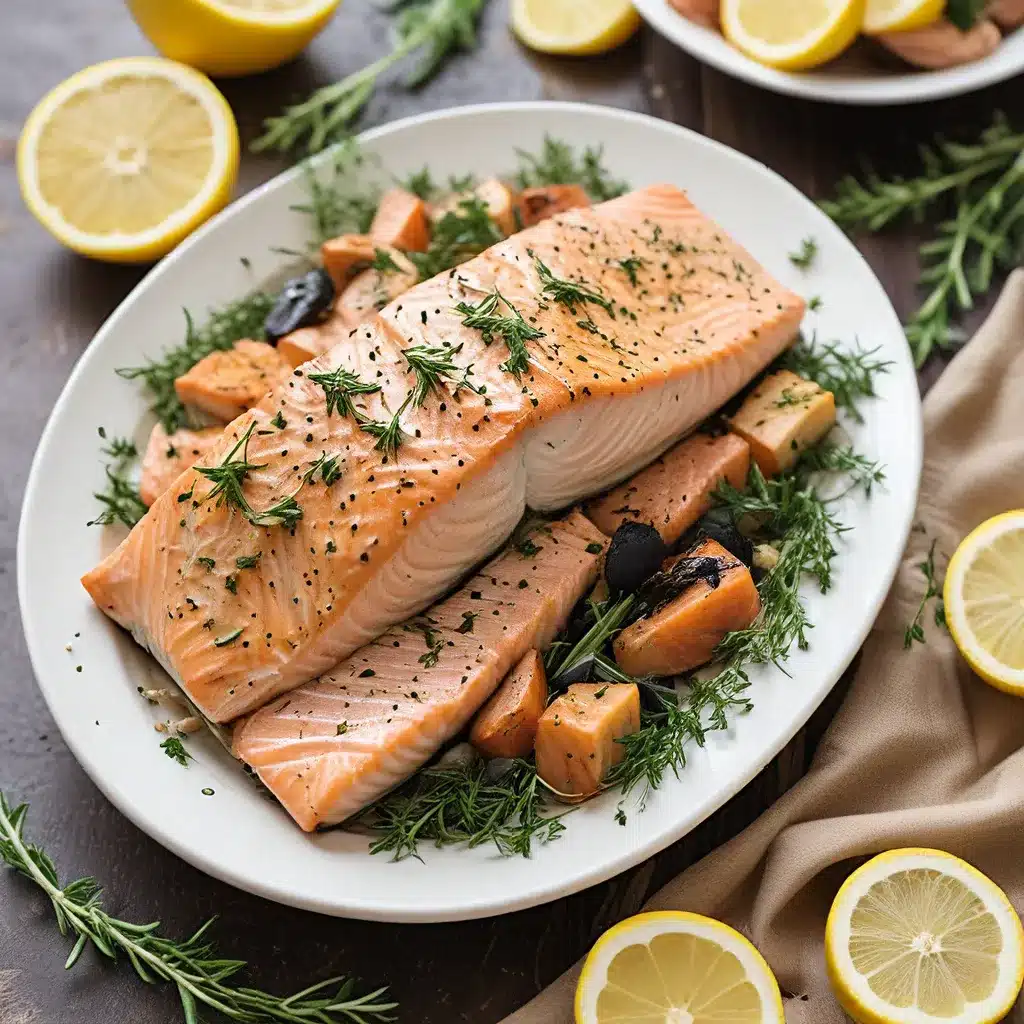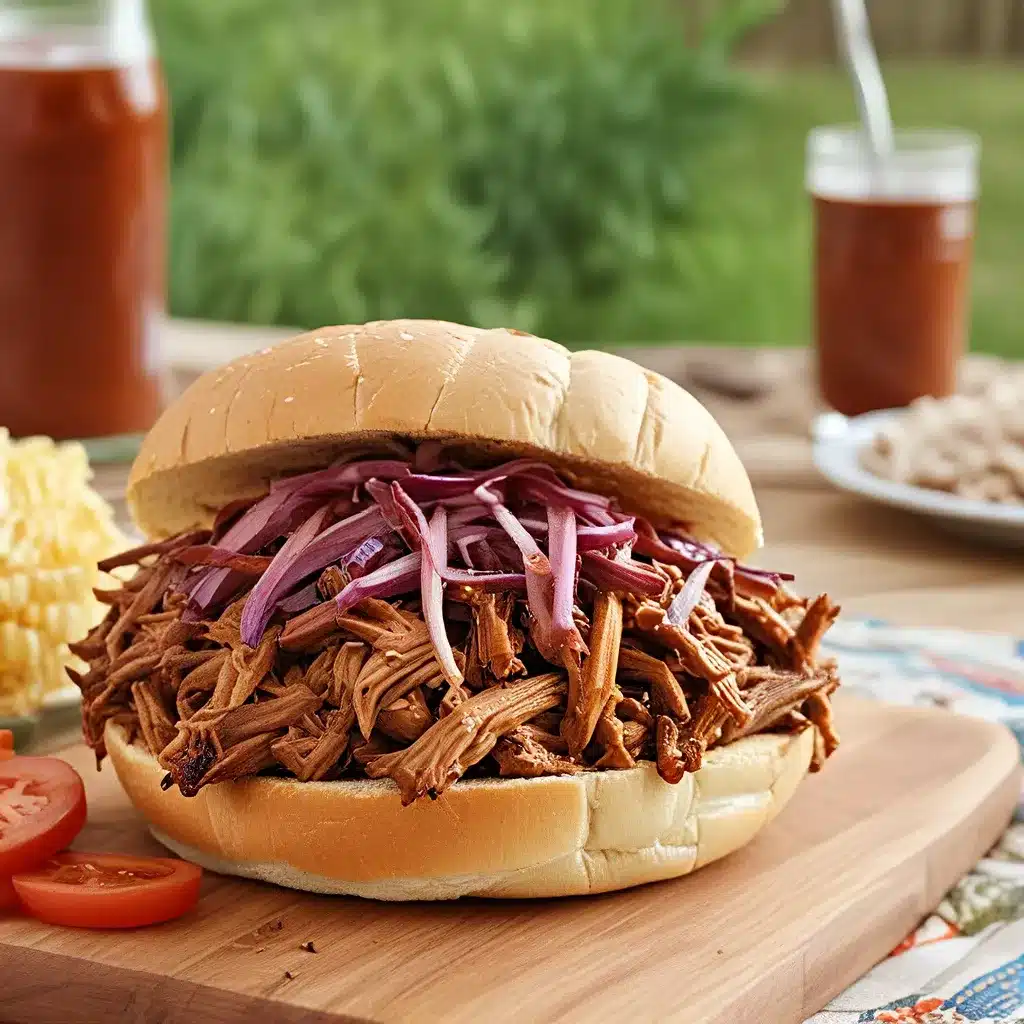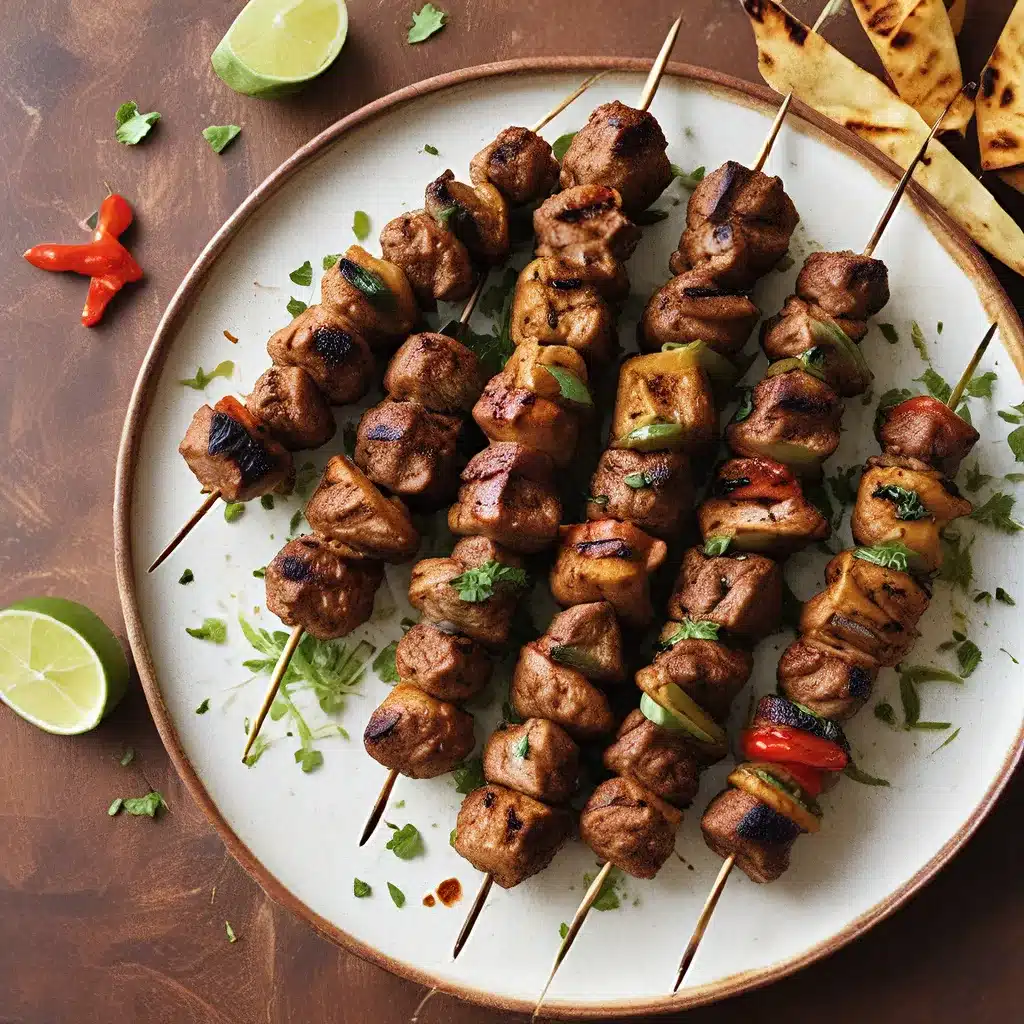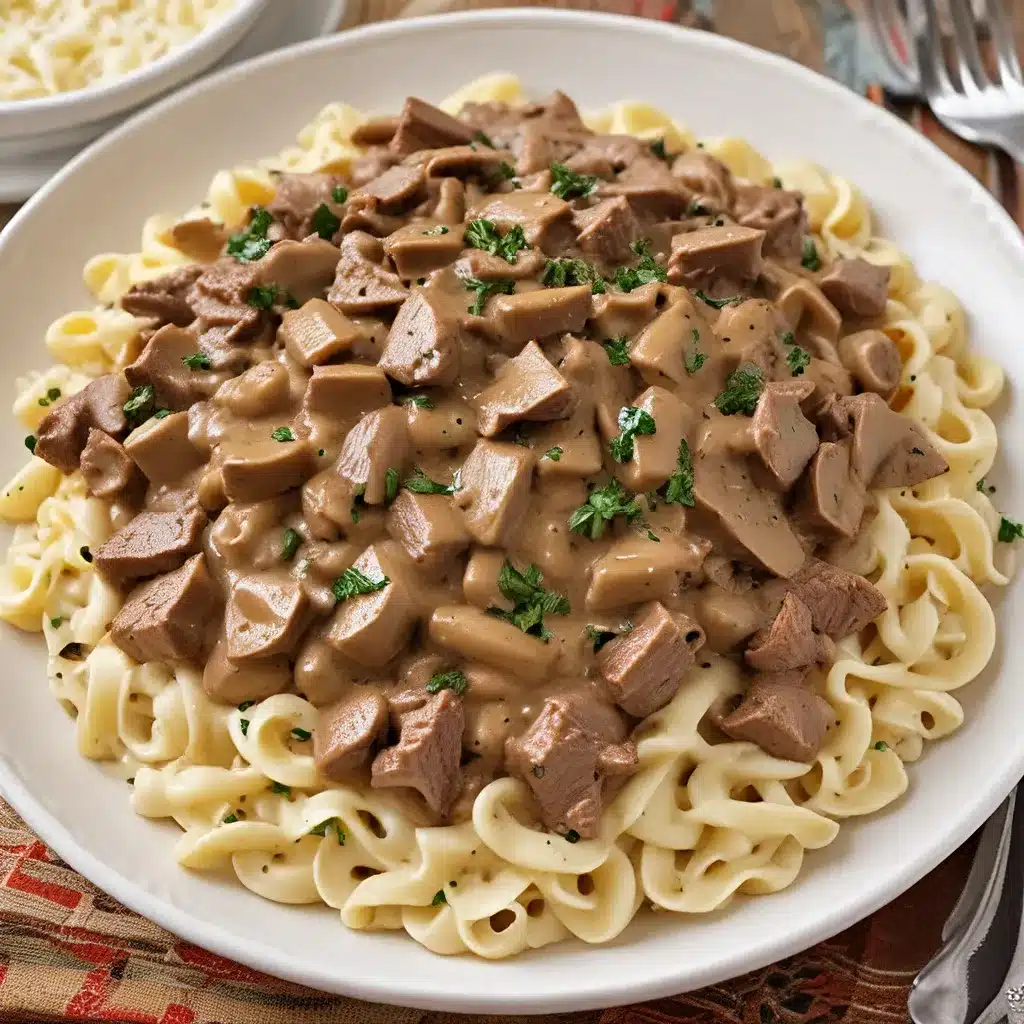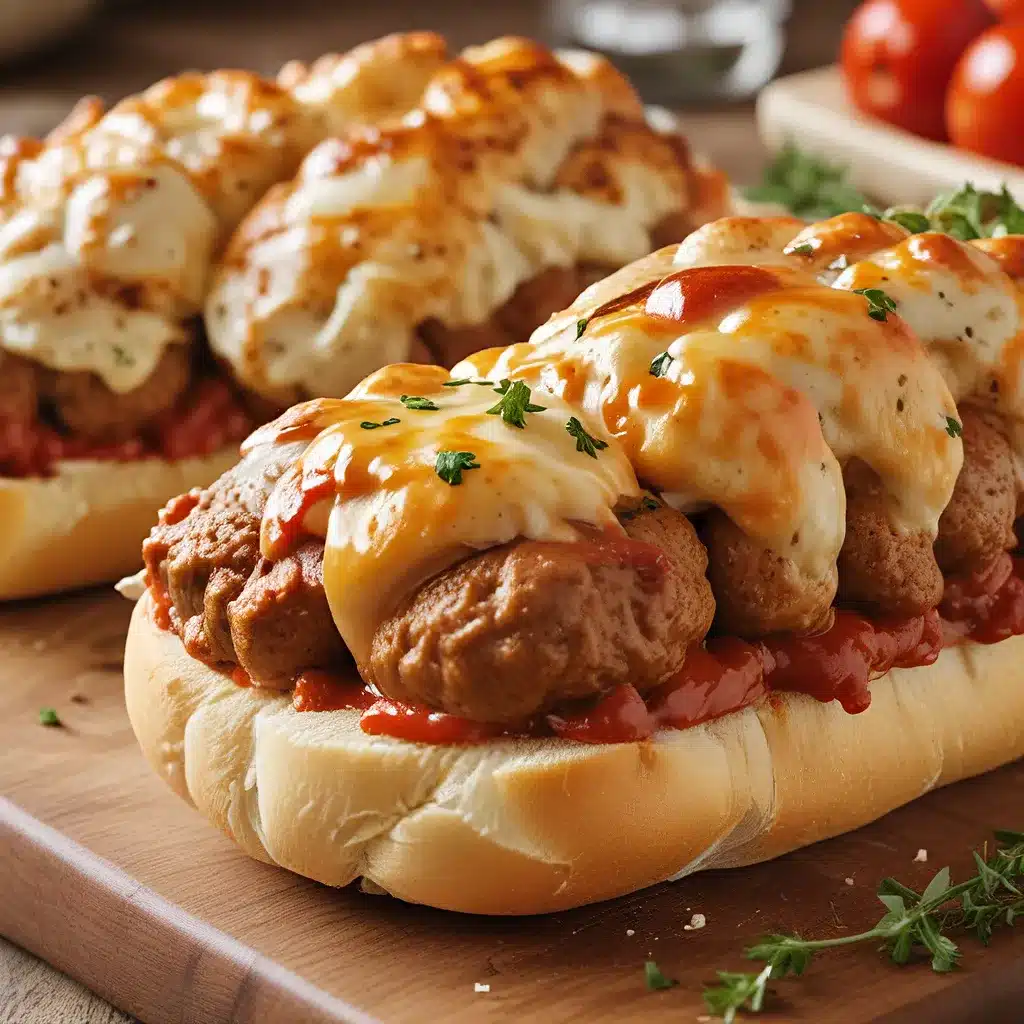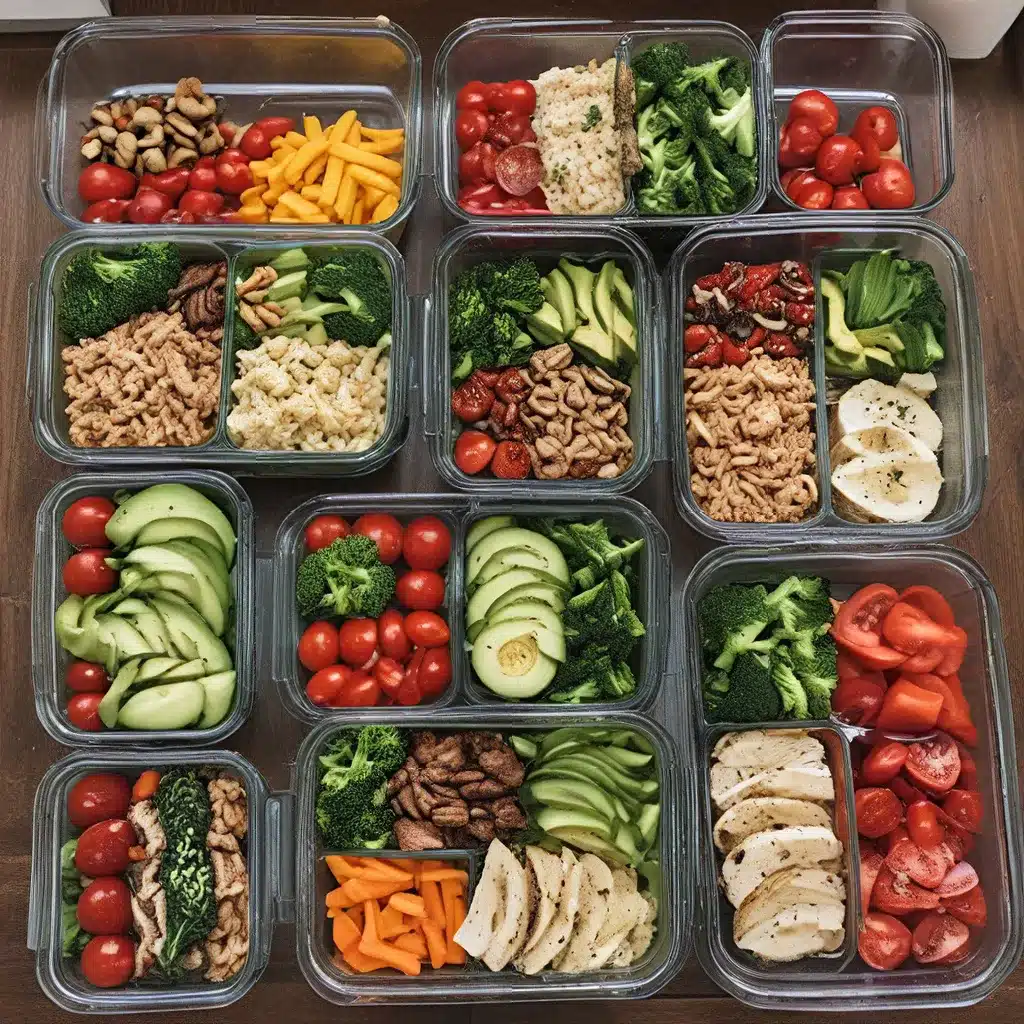
As someone who’s been meal-prepping since my college days, I can attest to the incredible value it’s brought to my life. With limited time, money, and brain space back then, meal prep became a game-changer for me. And even now, as a busy adult, I continue to rely on this habit to save me time, keep me organized in the kitchen, and help me stick to my grocery budget.
The Power of Bulk Prep
The beauty of meal prep lies in its ability to leverage the power of bulk work. Doing tasks in bulk is a universal time-saver, and when it comes to food prep, it’s no different. By prepping ingredients in large batches, I’m able to organize them in my fridge based on each recipe’s needs. Plus, I can coordinate recipe ingredients across multiple days, allowing me to reuse items and save money on groceries.
At Plan to Eat, we frequently receive questions on how to meal prep successfully, so I’m hoping this article will serve as a definitive guide for the meal-prepping curious. Remember, meal prep is all about doing your future self a favor – the up-front work pays off in the long run with time-saving and convenience.
Meal Prep vs. Food Prep
When it comes to meal prep, there are two main approaches to consider. For some, meal prep means preparing full meals ahead of time and portioning them out for quick grab-and-go meals. But many people, myself included, also use the term “meal prep” to refer to the weekly food prep of recipe ingredients.
In this article, I’ll focus more on the latter – food prep – as that’s the aspect that seems to generate the most questions. But I’ll also touch on full meal prep, as it can be a valuable strategy for certain individuals and households.
Start with a Meal Plan
The first crucial step for successful meal prep is to create a meal plan. Having an overview of the week ahead allows you to go grocery shopping with a complete list and ensure you have all the necessary ingredients on hand. If you’re meal-prepping full recipes, you can even increase the serving size to match the number of days you want to prep for.
When it comes to food prep, meal planning can help you coordinate recipes and buy similar ingredients, so you don’t have to prep a bunch of different things. For example, if you’re making both fajitas and burritos in the same week, you can prep all your onions and peppers together.
It’s important to note that there’s no one-size-fits-all approach to meal planning or meal prep – it’s all about what works best for your household and circumstances. The key is to find a system that fits your needs and lifestyle.
Carve Out Dedicated Prep Time
Once you’ve got your meal plan in place and have done your grocery shopping, the next step is to carve out dedicated time for your meal prep. Many people find that Sunday is a great day for this, as they already have some free time.
Depending on what you’re cooking and prepping, it could take anywhere from 30 minutes to a couple of hours. If you’re new to meal prepping, I recommend padding your time a bit at first until you find a system and know how long it takes you to get your prep done. And remember, you can always start small and do as much as you have time for – even 30 minutes of prep can make a big difference.
Gather Your Supplies
Before diving into the actual prep work, it’s a good idea to make a list of the ingredients you need to prep and have your meal plan accessible for quick reference. It’s also important to think about the tools you’ll need, such as a sharp knife, multiple cutting boards, and the right containers for storing your prepped items.
A high-quality, sharp knife is an absolute must-have for meal prep, as it will make chopping, dicing, slicing, and mincing a breeze. And having multiple cutting boards allows you to work on different ingredients without the risk of cross-contamination, especially with pungent flavors like onions and garlic.
As for containers, the options are endless – Tupperware, Pyrex, bento boxes, Stasher bags, or even good old-fashioned zip-loc bags. The key is to find something that works best for your budget and storage needs.
Start Small and Build Up
If you’re new to meal prepping, it’s best to start small. You don’t have to dive in headfirst and prep for multiple recipes or an entire week’s worth of meals. Instead, try prepping the ingredients for just tomorrow’s dinner or a simple salad for lunch. Find a system that works for you, and then gradually build on it as you become more comfortable with the process.
One of the great things about meal prep is that it can be tailored to your specific needs and preferences. Some people love the convenience of prepping full meals, while others prefer the flexibility of prepping individual ingredients. Experiment and find what works best for you!
Batch Cooking for Full Meals
Prepping full meals in advance can be a huge time-saver, especially if you don’t mind eating the same leftovers for a few days. The key is to increase the serving size of your recipes to match the number of meals you want to prep. Then, it’s just a matter of making the recipe, portioning it out, and storing the individual servings.
One of our customers shared a great tip – she meal preps four total servings of a recipe, eats three of them that week, and freezes the fourth for a pre-made freezer meal in a pinch. This way, she avoids getting tired of the same meal and ensures she always has a quick, homemade option on hand.
Streamlining Ingredient Prep
When it comes to weekly food prep, I like to start by pre-cooking the ingredients that take the most time in recipes, such as proteins, root vegetables, and legumes. Cooking or roasting a large batch of these items allows you to quickly assemble your recipes later in the week.
If you have a slow cooker or Instant Pot, try cooking your grains that way for no-fuss prep. For meats, I prefer to grill, smoke, or bake them, as it’s less hands-on than constantly flipping and stirring in a saute pan.
While your proteins, grains, or other ingredients are cooking, use the time to wash and chop your fruits and veggies. If you have three recipes that call for chopped onion, for example, chop them all at once and store them in a container or separate containers in the fridge.
Versatile Ingredient Prep
Sometimes, I prep ingredients without a specific recipe in mind. I like to have a “Protein + Grain/Starch + Veggie” formula, which might look like baked chicken thighs, roasted sweet potatoes, and a simple garden salad. By prepping all those components ahead of time, reheating and assembling the meal happens in a flash.
Another great way to add variety to your prepped foods is to make sauces in advance. Things like pesto, aioli, tzatziki, remoulade, or spicy mayo can really elevate your meals and keep them from feeling repetitive.
Remember, the key to successful meal prep is finding a balance between efficiency and personal preference. The tendency when meal prepping is to do a lot of work all at once, but if you’re only feeding one or two people, you may not need to prep as much.
Shopping with Intention
When it comes to prepping individual ingredients, an accurate shopping list is essential to avoid over-purchasing items like fresh produce. You may not need to prep five onions, two broccoli crowns, and four bell peppers if you’re only feeding a small household.
A helpful tip from Meal Plan Addict is to buy less than you think you need and then make adjustments to the quantity week after week. It can actually be helpful to run out of something so you know where your low end is, versus throwing away food that went bad and wasting money.
Portion Control for Full Meals
When it comes to full meal prep, my suggestion is to decrease the servings for your recipes, especially for things like soup and casseroles, which tend to make large quantities. Cutting the recipes in half will still give you enough for a few meals, but not so much that you’re sick of it by the end of the week.
You can also take advantage of freezing some of your prepped meals and reheating them on nights when you’re tired of cooking or tired of what you’ve prepped for that week. Meal prep isn’t for everyone, and that’s okay. If convenience and time-saving are high priorities for you, though, it can be a game-changer.
The Key to Successful Meal Prep
At the end of the day, the first place to start with meal prep is by creating a meal plan. Planning ahead for your meals is the foundation that ensures your meal prep is successful and efficient. From there, it’s all about finding the right balance of prep techniques, tools, and strategies that work best for you and your household.
Remember, there’s no one-size-fits-all approach to meal prep – it’s all about customizing it to your unique needs and preferences. So don’t be afraid to experiment, make adjustments, and find the system that truly streamlines your cooking routine.
Happy prepping!

